The surface of the Earth consists of soil, a mixture of minerals, air, water, living organisms like insects and organic matter like roots and leaves. Soil plays an essential role in ecosystems by supporting plant growth, filtering water, providing food and habitat resources for wildlife and storing carbon to help reduce the impacts of climate change.
Soil is unique to each location. In fact, the soil in your yard can be quite different from your friend’s soil in another city or even your neighbour’s soil. Soil is typically described by its texture or the way it feels in your hands. It can be sticky and form clumps, sandy and loose or somewhere in between. These textures are determined by the size of soil particles, which also influences how much water the soil can retain. Along with varying textures, soil can also differ in colour. From dark brown to light grey, the amount of minerals and organic matter present give soil its distinct colours. The combination of particle size, minerals, organic matter and moisture results in a wide range of soil types, each affecting the growing conditions for trees and shrubs.
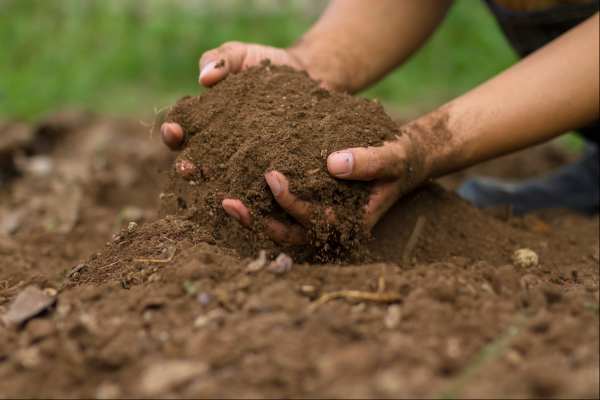
These differences affect how well a tree can grow. Like people, trees and shrubs have preferences. Each species prefers a particular set of soil, sunlight and moisture conditions, so matching the right species to the right conditions is essential for long term growth and health. If a tree or shrub is planted in unsuitable soil, it can suffer from nutrient deficiencies, stress, poor growth and even death. That’s why it’s very important to check your growing conditions, including soil texture, before planting to ensure you choose the best species for your space.
How do you know what soil you have? You can assess the soil in your own yard by doing a quick dig test! Using a shovel, dig into the ground where you want to plant your tree or shrub and remove some soil. Next, look at the soil and feel it in your hands. Does it form clumps? Can you see grains of sand? Or does it have a texture somewhere in between?
Here are some general characteristics of the three main soil types to help you identify the type of soil in your yard:
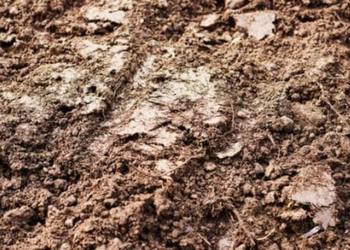
Clay soil
- Hard to dig, comes out as a chunk on your shovel
- Feels smooth or sticky in your hands
- May appear grey due to low organic matter content
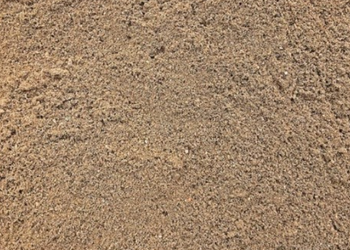
Sandy soil
- Easy to dig, comes apart easily on your shovel
- Feels grainy in your hands
- Typically, medium brown in colour
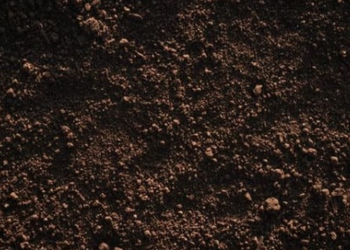
Loam soil
- Easy to dig, loose on your shovel
- Feels more earthy than grainy in your hands
- Dark brown in colour due to higher organic matter content
Keep in mind that these are just general indicators of soil texture. Many soils contain a mix of two or even all three textures in the same location.
Another aspect of soil to consider is disturbance. In urban areas, human activities like construction can significantly degrade soil quality. Typical construction practices remove most original topsoil, leaving behind hard clay with little organic matter. The use of large construction machinery further disturbs the soil by packing it down, which reduces air pockets and creates a difficult environment for trees and shrubs to grow. If you’re planting in an area that’s been affected by construction in recent years, it’s especially important to check your soil first!
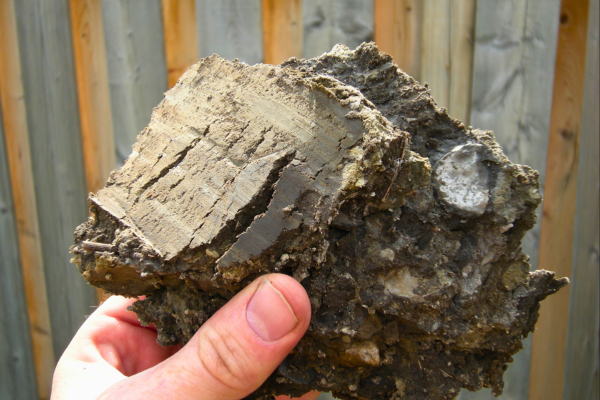
If your soil is disturbed, you can take steps to improve it before planting. Soil amendments can help improve soil health in any backyard but are particularly useful in newer developments that have compacted clay soil with little organic matter. To amend the soil around your trees and shrubs, we recommend adding a healthy one-inch layer of organic compost, like cow or sheep manure, followed by a two-to-four-inch layer of organic mulch. Arrange both layers in a donut shape around the tree trunk or shrub stems, while keeping the layers away from the trunk or stems of your shrub to prevent rot. As the compost and mulch break down together, they gradually release essential nutrients like carbon and nitrogen into the soil.
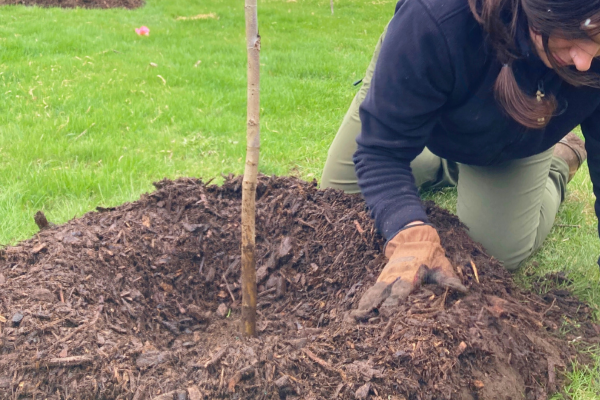
And finally, avoid using high-nitrogen synthetic fertilizers that are commonly found at garden centres. Improper application of these products around your trees and shrubs, especially while they are still young, can cause them to grow too quickly, before their roots and trunk or stems can support the weight of the new growth, resulting in a “bent over” shape. They can also damage roots through nutrient burn. For more tips on improving soil health in new developments, check out our website here.
Interested in finding out which native species do best in your soil type? Through LEAF’s Backyard Tree Planting Program, you’ll receive a consultation with a LEAF arborist to help you find the right trees and shrubs for the right places on your property. During the consultation, the LEAF arborist will assess your property’s unique soil and sunlight conditions and factor in your desired species characteristics, such as privacy, size, shade and fall colour, to provide you with a list of personalized tree and shrub recommendations that will thrive in your space. Apply today to book your personalized consultation and assessment!
Joel S. is the Residential Planting Programs Field Assistant at LEAF.
LEAF offers a subsidized Backyard Tree Planting Program for private property. The program is supported by the City of Toronto, the Regional Municipality of York, the City of Markham, the Town of Newmarket, the City of Vaughan, the Regional Municipality of Durham, the Town of Ajax, the Township of Brock, the Municipality of Clarington, the City of Oshawa, the City of Pickering, the Township of Scugog, the Town of Whitby and Ontario Power Generation.
